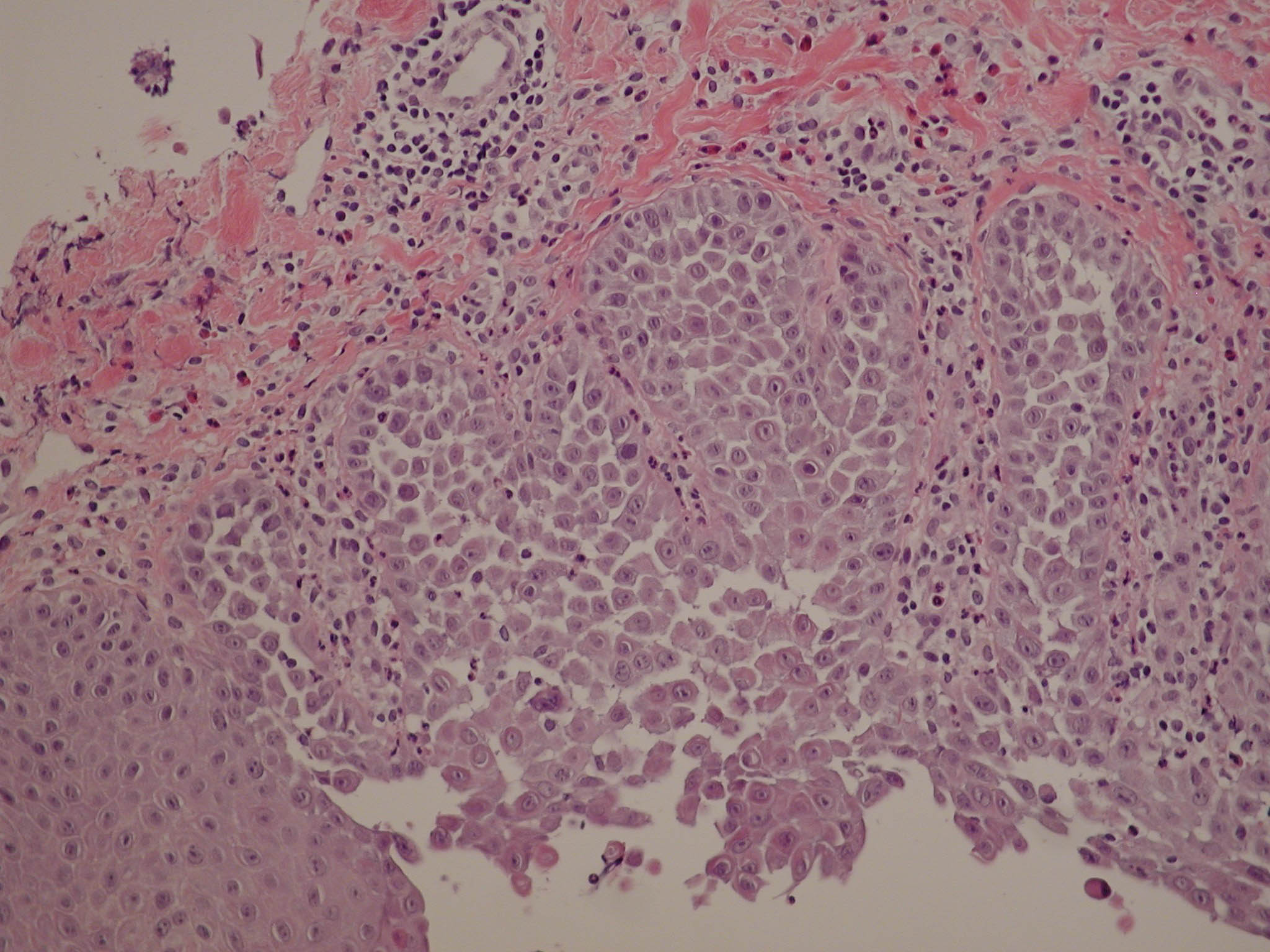Hum Mol Genet. 2000 Apr 12;9(7):1131-40.
Source
Max-Planck-Institut für Molekulare Genetik, D-14195 Berlin, Germany.
Abstract
Hailey-Hailey disease (HHD) is an autosomal dominant skin disorder characterized by suprabasal cell separation (acantholysis) of the epidermis. Previous genetic linkage studies localized the gene to a 5 cM interval on human chromosome 3q21. After reducing the disease critical region to <1 cM, we used a positional cloning strategy to identify the gene ATP2C1, which is mutated in HHD. ATP2C1 encodes a new class of P-type Ca(2+)-transport ATPase, which is the homologue for the rat SPLA and the yeast PMR1 medial Golgi Ca(2+)pumps and is related to the sarco(endo)plasmic calcium ATPase (SERCA) and plasma membrane calcium ATPase (PCMA) families of Ca(2+)pumps. The predicted protein has the same apparent transmembrane organization and contains all of the conserved domains present in other P-type ATPases. ATP2C1 produces two alternative splice variants of approximately 4.5 kb encoding predicted proteins of 903 and 923 amino acids. We identified 13 different mutations, including nonsense, frameshift insertion and deletions, splice-site mutations, and non-conservative missense mutations. This study demonstrates that defects in ATP2C1 cause HHD and together with the recent identification of ATP2A2 as the defective gene in Darier’s disease, provide further evidence of the critical role of Ca(2+)signaling in maintaining epidermal integrity.
